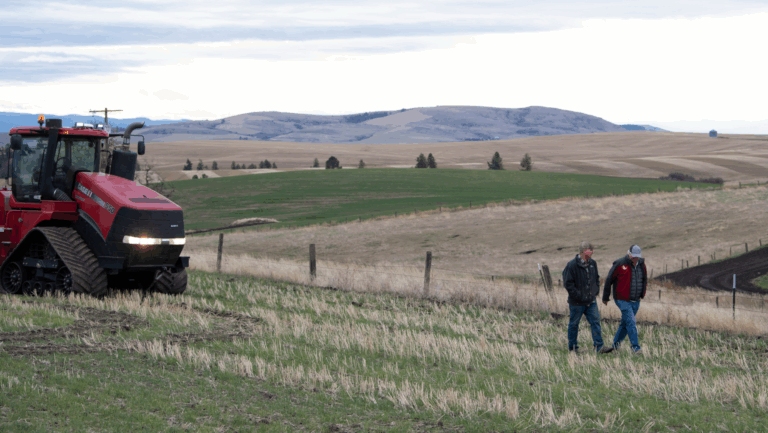Crop Report: How’s Cabbage Doing?
It seems that cabbage is in need of a revolution.
After its big 2012 loss to sweet corn in New York’s competition for state vegetable – a loss that greatly disappointed onion enthusiasts, as well – the vegetable has been struggling.
Back in 2012, the line of thinking was that sweet corn was worth more in value compared to onions – $20 million more to be exact. Yet, if it were truly a value-based decision, cabbage should not have lost. When you look at the numbers, cabbage surpassed sweet corn earnings substantially. 2012 findings put sweet corn earnings at $68 million and cabbage, at $106 million. What’s more, cabbage amassed the highest crop earnings in the state – a fact suggesting that cabbage was wrongfully jipped of its state vegetable title.
Though clearly leading the way in New York in terms of 2012 earnings, the crop isn’t winning as far as consumer popularity goes. Not then. Not now. Not anytime soon.
Since 2012, cabbage has remained fairly stable in terms of price, but production costs have increased. With pricing and labor costs up, profitability is down, especially for fresh market cabbage, which requires a more labor-intensive process and hands-on harvesting. Processed or fermented cabbage (sauerkraut or kimchi) – the other category of cabbage – comes with less demands, but still isn’t enjoying the success and popularity it once celebrated a century ago.
The cabbage community at-large has been hoping for a big turnaround for the vegetable. The thought was that as health-conscious consumers caught wind of its epic health benefits, popularity would increase. We’ve seen this happen to other crowned “super foods,” including kale, blueberries, brussels sprouts, etc. Increased consumer and culinary awareness of these “super foods” has helped numerous once-overlooked crops gain massive popularity and profitability. So is not the case for cabbage, losing once again. Consumer demand over the last few years has stayed pretty much the same despite cabbage’s indisputable health perks.
What’s the deal? Well, there’s definitely the issue of rising labor costs. That, combined with the vegetable’s dwindling popularity since its glory days in the 1920s, has resulted in less acreage and less incentive for cabbage growers to keep up with it. Many growers have since turned to other crops – soybeans, corn and wheat — as they require less labor and enjoy better prices.
Who knows what’s on the horizon for cabbage. Things aren’t looking terrible, but they aren’t looking great either.
AgAmerica
Need ag financing to support a cabbage operation? Turn to AgAmerica for our ag lending assistance. AgAmerica covers agricultural loans across the entire United States, helping all agribusinesses with low-interest farm loan rates, long amortizations, no prepayment penalties, and an outstanding Line of Credit product. To learn more about these one-of-a-kind ag loans, contact AgAmerica.






